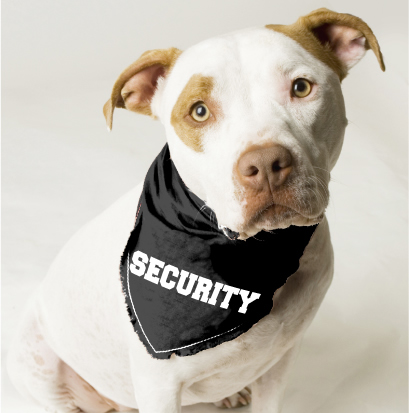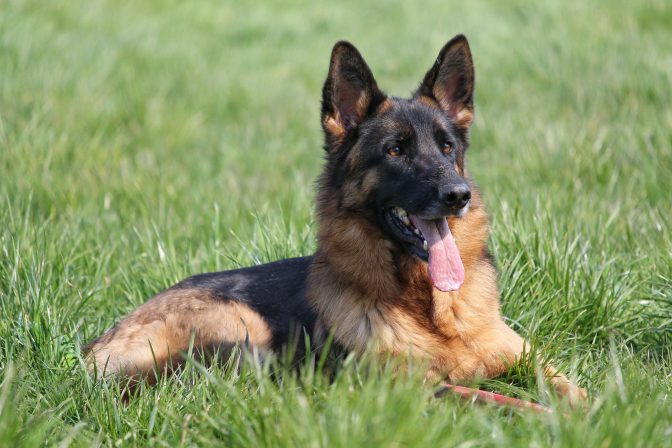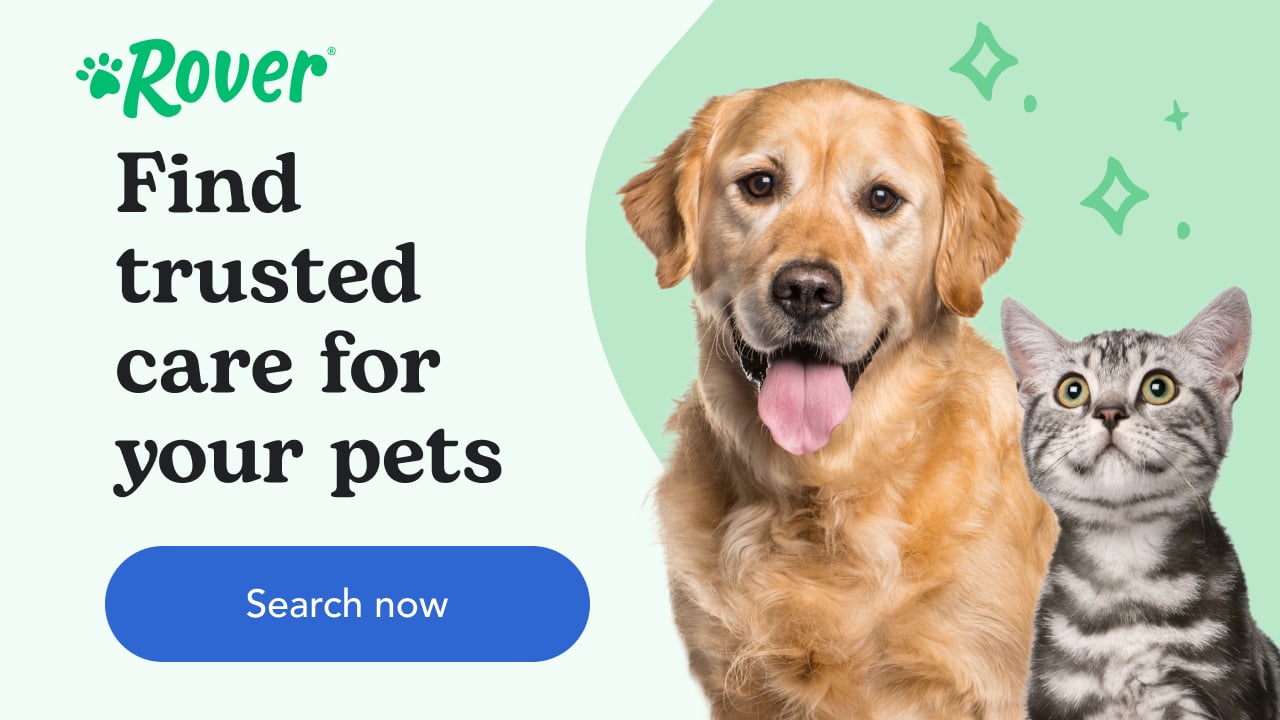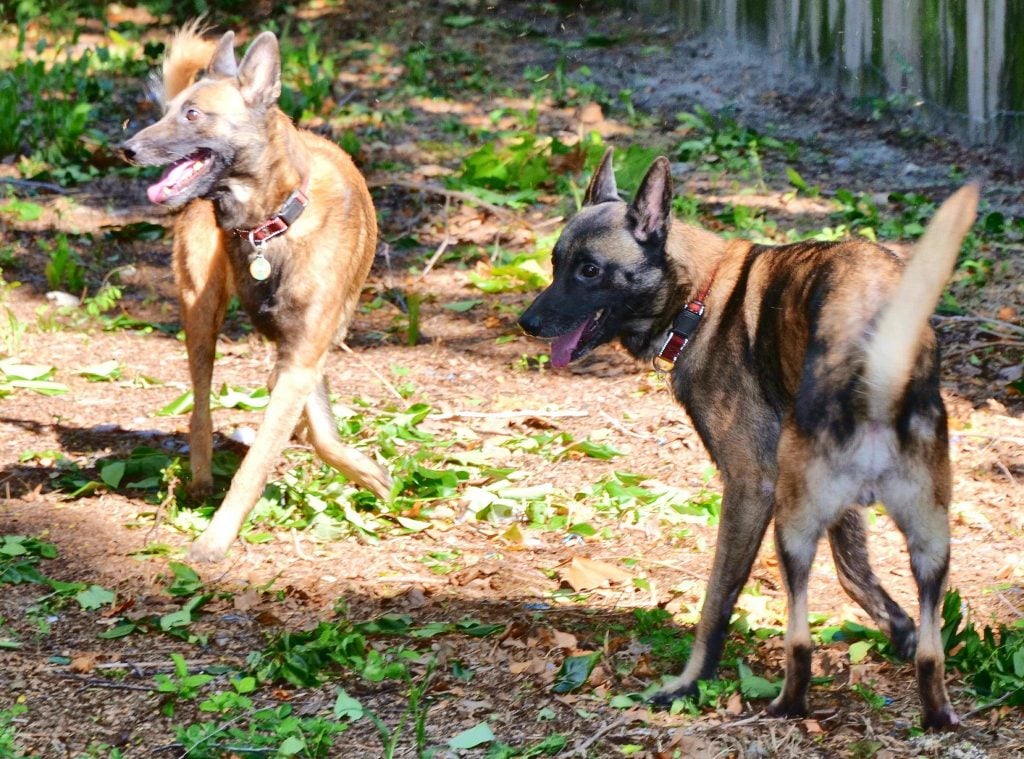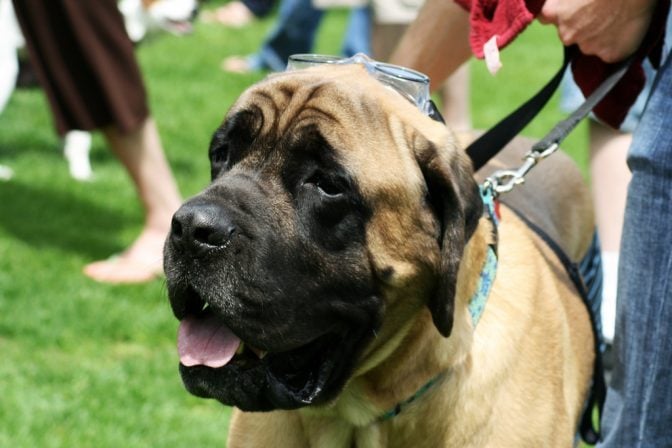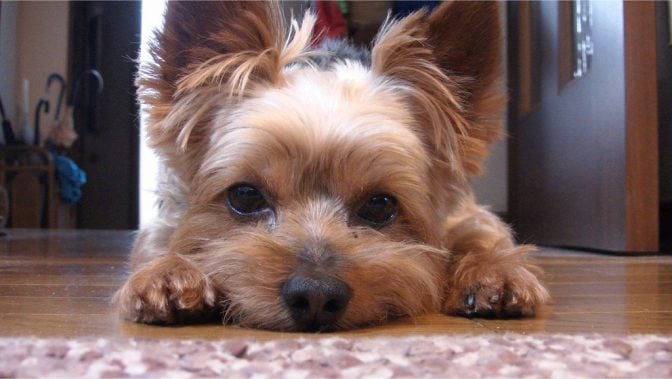Plenty of people want a dog for protection, but what’s the best way to go about it? We talked to an expert to get the full scoop on the responsible way to go about getting and training a guard dog. With the right breed and training, you can have a dog that’s prepared to protect you and one that will also make a beloved pet.
Why get a guard dog?
Is it a good idea to get a guard dog? If you want an extra level of safety in your life, a dog can protect you, your home, and alert you to danger. Steve Robinson trains guard dogs in Denver, Colorado, and he says the key is to pick a suitable breed and ensure the dog is trained.
“Having a dog trained for protection requires a fair bit of work by the owner,” he said.
His customers range from families that want a dog for protection at home to business owners.
“One of my customers owns a shoe store,” Robinson said. “He was held at gunpoint in his shop one day, and that’s what made him get a dog for protection.”
Dog breeds that protect
Robinson says breeds known for their protective personalities include the Belgian malinois, Dutch shepherd, and Cane Corso. The American Kennel Club lists additional guard dog breeds:
-
Bullmastiff
-
Doberman pinscher
-
Giant schnauzer
-
Akita
-
German shepherd
-
Staffordshire bull terrier
-
Rottweiler
-
Puli
-
Rhodesian ridgeback
Robinson is fond of the Belgian malinois, a breed known for its confidence, loyalty, and intelligence.
“I’ve found that single women who want a dog for protection like the Belgian malinois,” he said. “It’s a good protector.”
In general, breeds that make good protective dogs will be courageous, loyal, alert, and obedient.
Training a dog for protection
Robinson says a dependable guard dog requires training that starts early.
“If we start training at around six months, the dog will be ready when it’s about 1.5 years old,” he said. “We recommend owners do training tune-ups as well.”
Early obedience training is critical because an owner needs to have control of its guard dog. Robinson trains the dog for being at home, in the car, or walking through the woods.
“We put the dog in different situations and bring decoys in to act as intruders, attackers, kidnappers, or car thieves,” he said.
He also says it’s important to socialize the dog and include training in public spaces like parks.
If someone breaks into your house or attacks you, the dog is trained to attack. Robinson says if the attacker stops moving, the dog will let go, or the dog will step away if you call him off. If the person attacks again, the dog will spring into action.
Robinson says getting an aggressive, untrained dog from the shelter with the goal of using it for protection is a dangerous prospect.
“A dog from a trainer has learned specific skills and is socialized,” he said. “You don’t know if that aggressive shelter dog likes kids or other dogs, and you don’t know how he’s going to act.”
Dog saves her deaf owner from intruder
Gill Houghton of East Sussex in the United Kingdom knows how a dog trained for protection can make a difference when it counts. She told Medical News Today that her dog Nellie, trained to help her cope with deafness and protect her family, alerted them to an intruder at a hotel.
Nellie knows to alert Houghton to household sounds like the doorbell by touching her with a paw. If there is danger, Nellie is trained to alert and drop straight to the floor.
“It was the middle of the night and Nellie woke me,” Houghton told Medical News Today. “I thought she had made a mistake so I told her to get off the bed. But she jumped up again, alerted me and dropped to the floor in the emergency position. I then sat up and put my glasses on and saw that the door to the room was open and a man was standing in the doorway looking at us. I told the man to leave and eventually he did. During the whole episode, Nellie did not flinch but sat and protected the children with her body.”
Guard dogs as devoted pets
Robinson says guard dogs can also make playful family companions.
“Sure, they are trained to do a job, but these dogs love to play with kids and chase a Frisbee or ball,” he said. “They should be made part of the family.”
He adds that there’s the right dog for every task, and sometimes the tiniest dogs might get the job done.
“I have a Belgian malinois and a smaller Chihuahua Yorkie mix, and the little dog runs the house,” he said. “She’s an excellent watch dog because she’ll bark and let you know when someone is coming. It’s not necessarily about having a big aggressive dog. It’s about getting a dog that gets the job done.”
